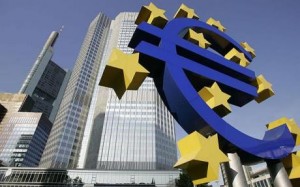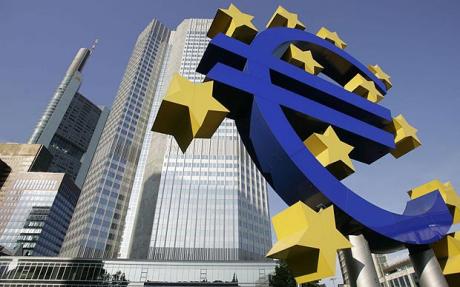 After eighteen months of constant economic contraction, the Eurozone is finally on the way up. The Eurozone’s GDP rose by 0.3 percent during the second quarter due to strong growth in Germany and other key markets.
After eighteen months of constant economic contraction, the Eurozone is finally on the way up. The Eurozone’s GDP rose by 0.3 percent during the second quarter due to strong growth in Germany and other key markets.
Europe has been stuck in a lasting recession for almost two years, with several of the Eurozone’s largest markets struggling to regain ground lost during the major economic downturn that began in late 2011.
However, recent growth in key markets such as Germany and France has pushed the entire bloc back into a growth phase, with a modest 0.3 percent growth figure a new hope for millions of European workers.
The fastest-growing Eurozone member was Portugal, which achieved an impressive 1.1 percent growth rate, setting the pace for the trading bloc. Nearby Spain was not able to achieve such positive results, weathering a 0.1 percent fall in total output.
Several other struggling European markets also faced a decline in output. Italy was one of the bloc’s worst performers, with a 0.2 percent decline in output reducing an already worryingly low national morale. The Netherlands also saw its output drop by 0.2 percent during the second quarter.
The modest growth figures suggest that the Eurozone is following the right path to economic health, but patchy growth and poor economic performance in certain key member states indicate that sustained growth could be a long way away.
The 0.3 percent Eurozone growth is the first positive quarter in several years, with the first quarter of 2013 marked by a 0.3 percent contraction in output. The current recession has been an issue for Eurozone states since the fourth quarter of 2011.
However, the economic bloc’s worst recession in recent history occurred at the peak of the credit crisis in late 2008 and early 2009. The Eurozone recorded a 2.8 percent contraction in output during the first quarter of 2009 – the largest in recent history.





